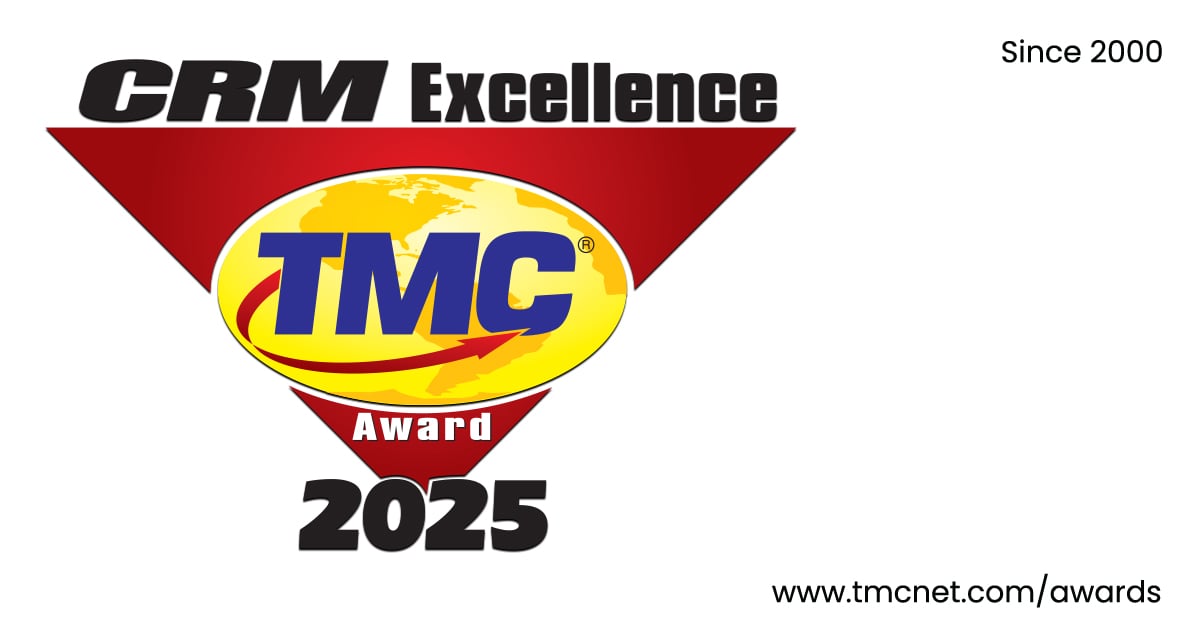CustomerZone360 NEWS
Free eNews Subscription
Related Articles
Burnout on the Line: Smarter Solutions to Combat a Growing Crisis
Burnout is draining your contact center. Discover how better training and the right tools can keep agents sharp, calm, and performing.
Read MoreVoIP Provider Zadarma Integrates Three AI Voice Agents into its PBX Platform
London-based VoIP provider Zadarma integrated three AI-powered voice assistants directly into its PBX platform, a first in Europe, according to the co…
Read MoreCUSTOMER Magazine Announces Winners of the 2025 CRM Excellence Awards
The 2025 CRM Excellence Awards recognize companies whose products and services go beyond traditional customer relationship management, encompassing th…
Read MoreThe Future of CX: Mosaicx Unveils AI-Native Engage Platform
Mosaicx has launched Engage, its next-gen AI-native CX platform to drive improvements in customer engagement and experiences.
Read MoreJabra Reviving Human Focus Amid AI Revolution in Customer Experience
Jabra looks to redefine how customer service teams make good on the promise of quality CX by combining the "what" of customer conversations, with "how…
Read More




